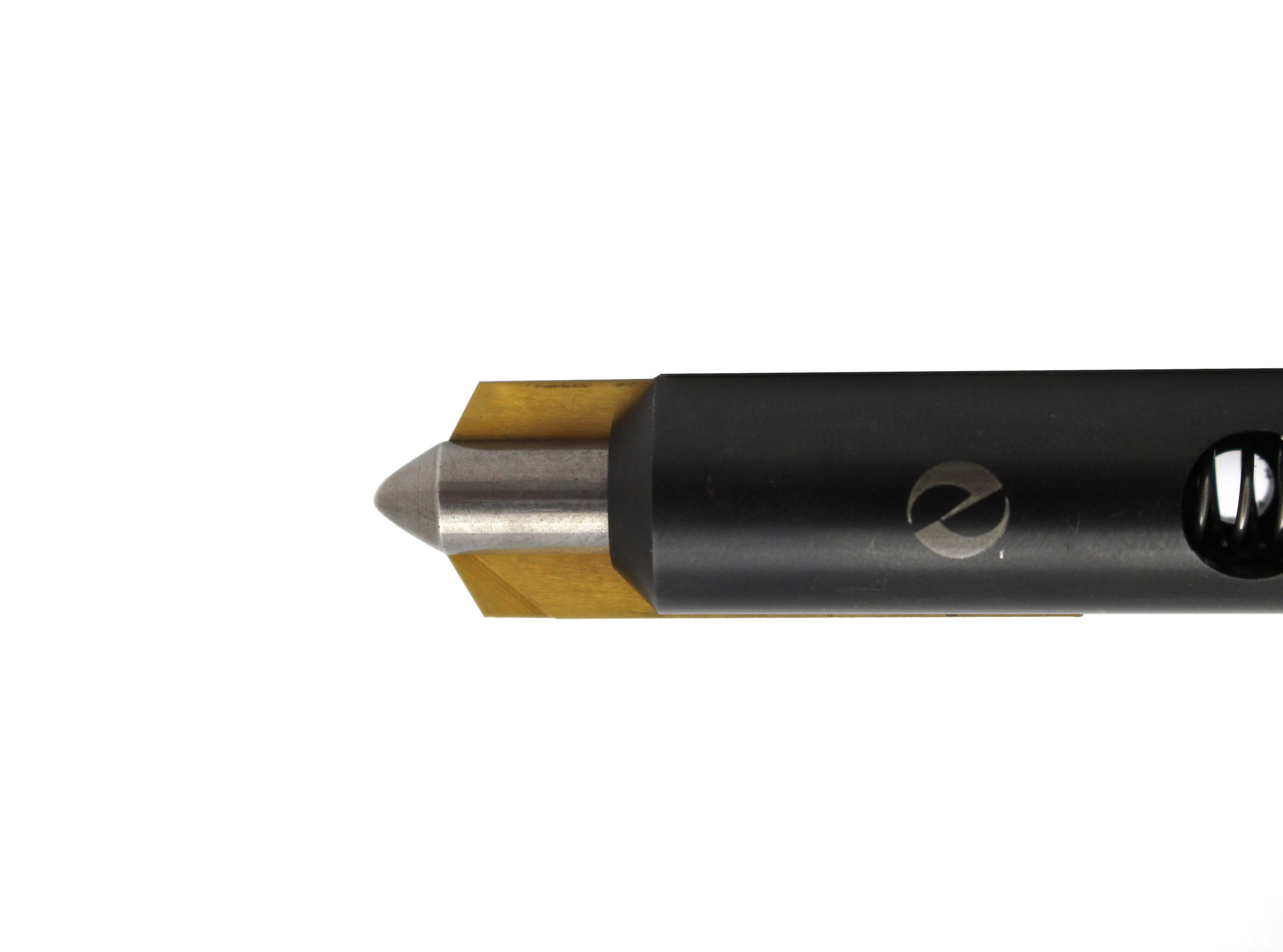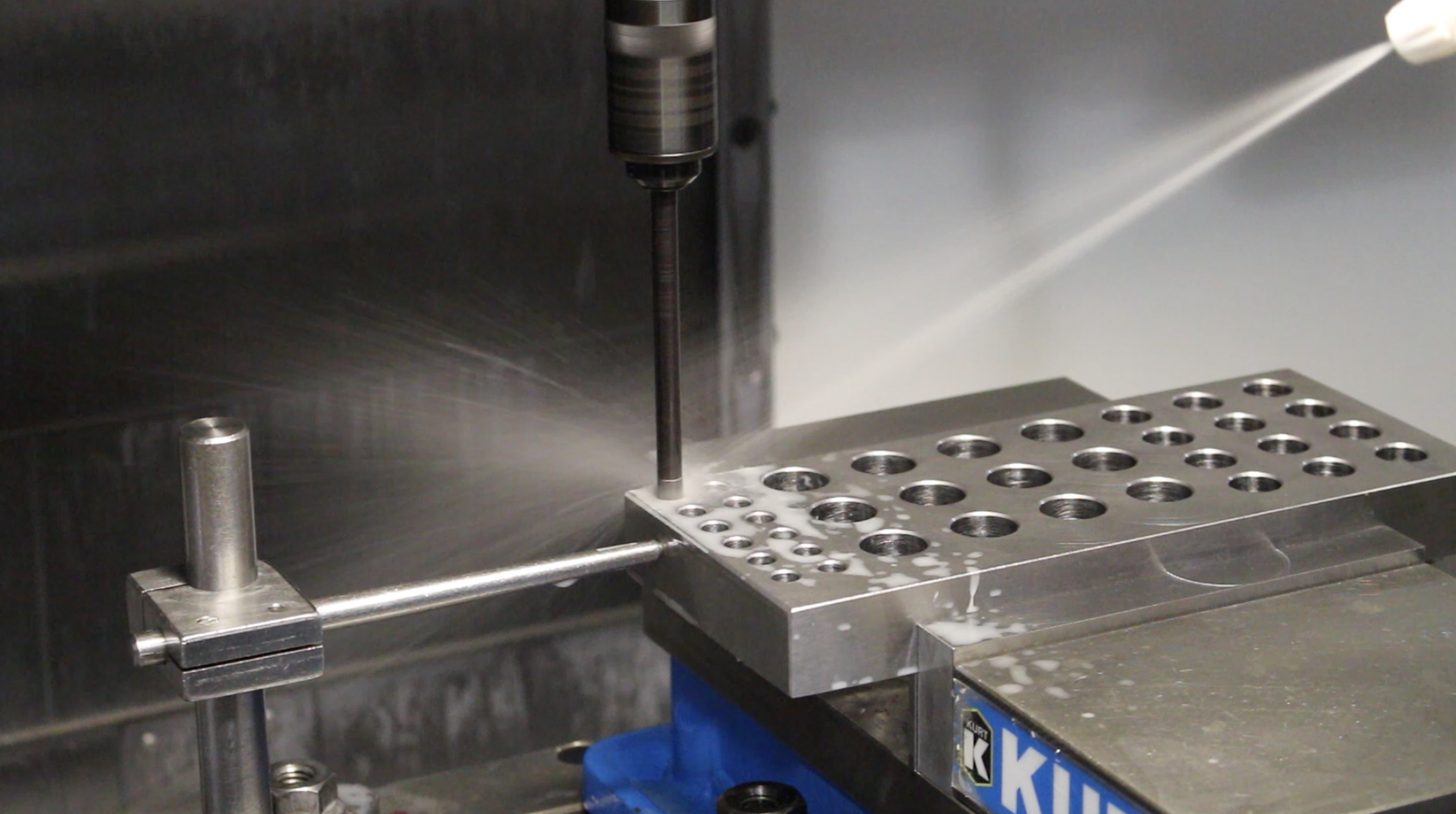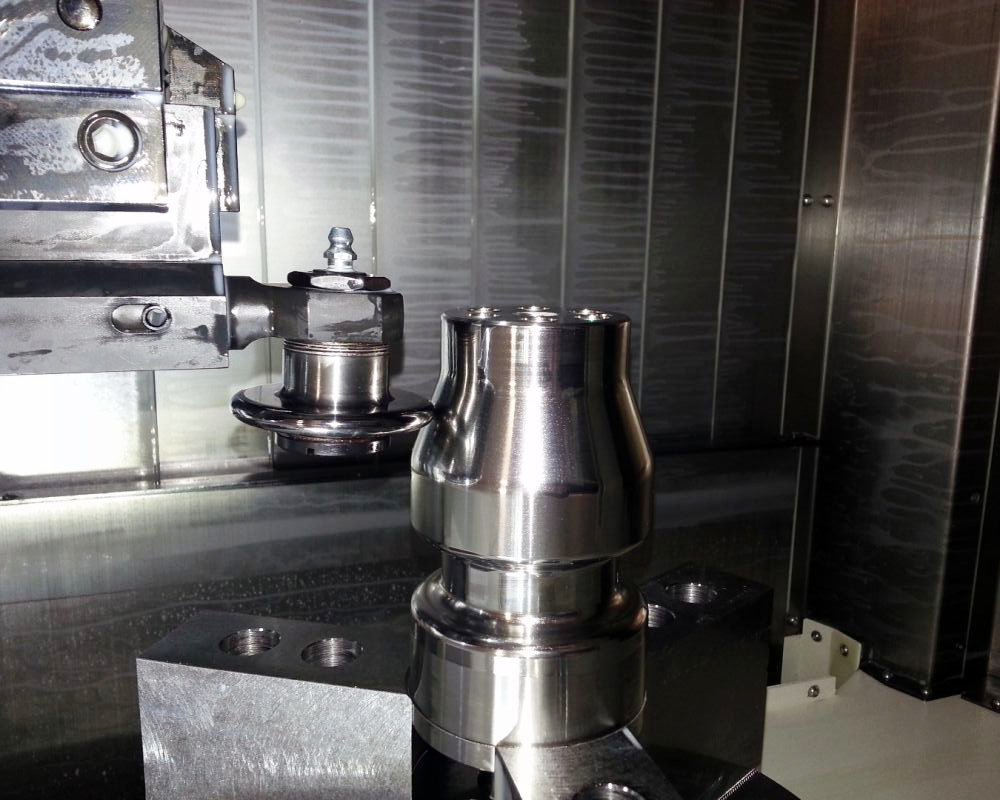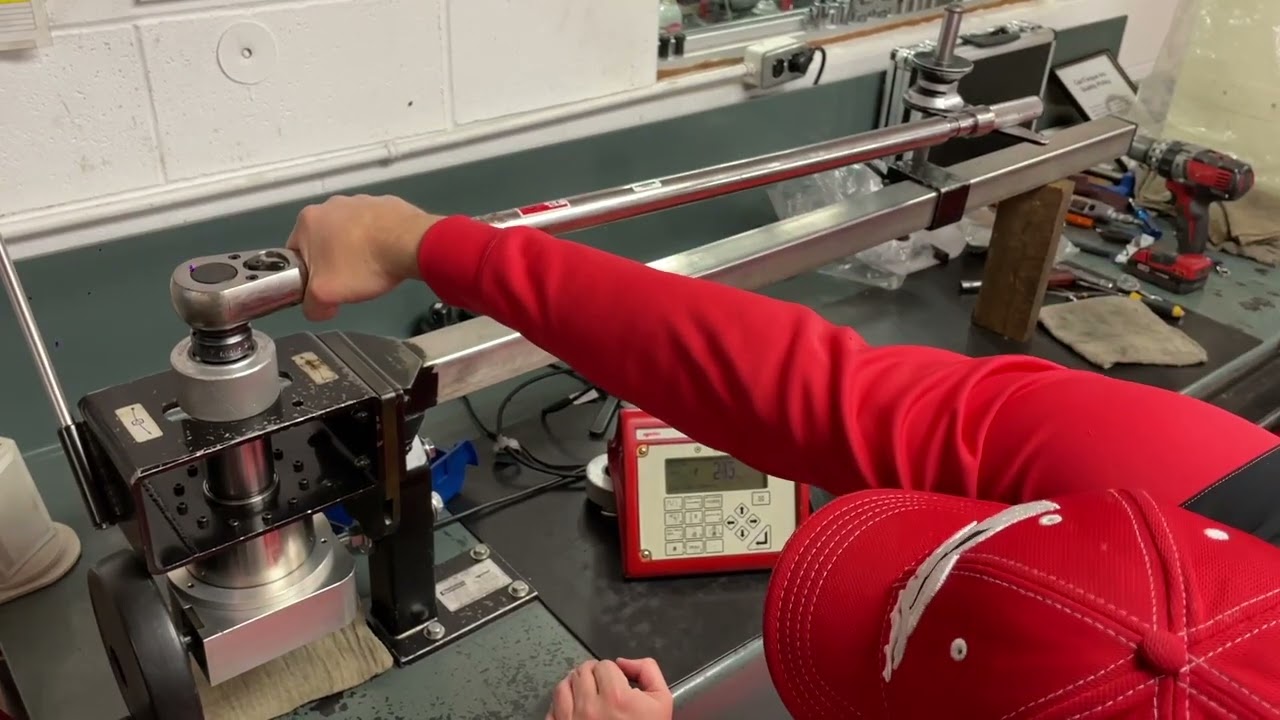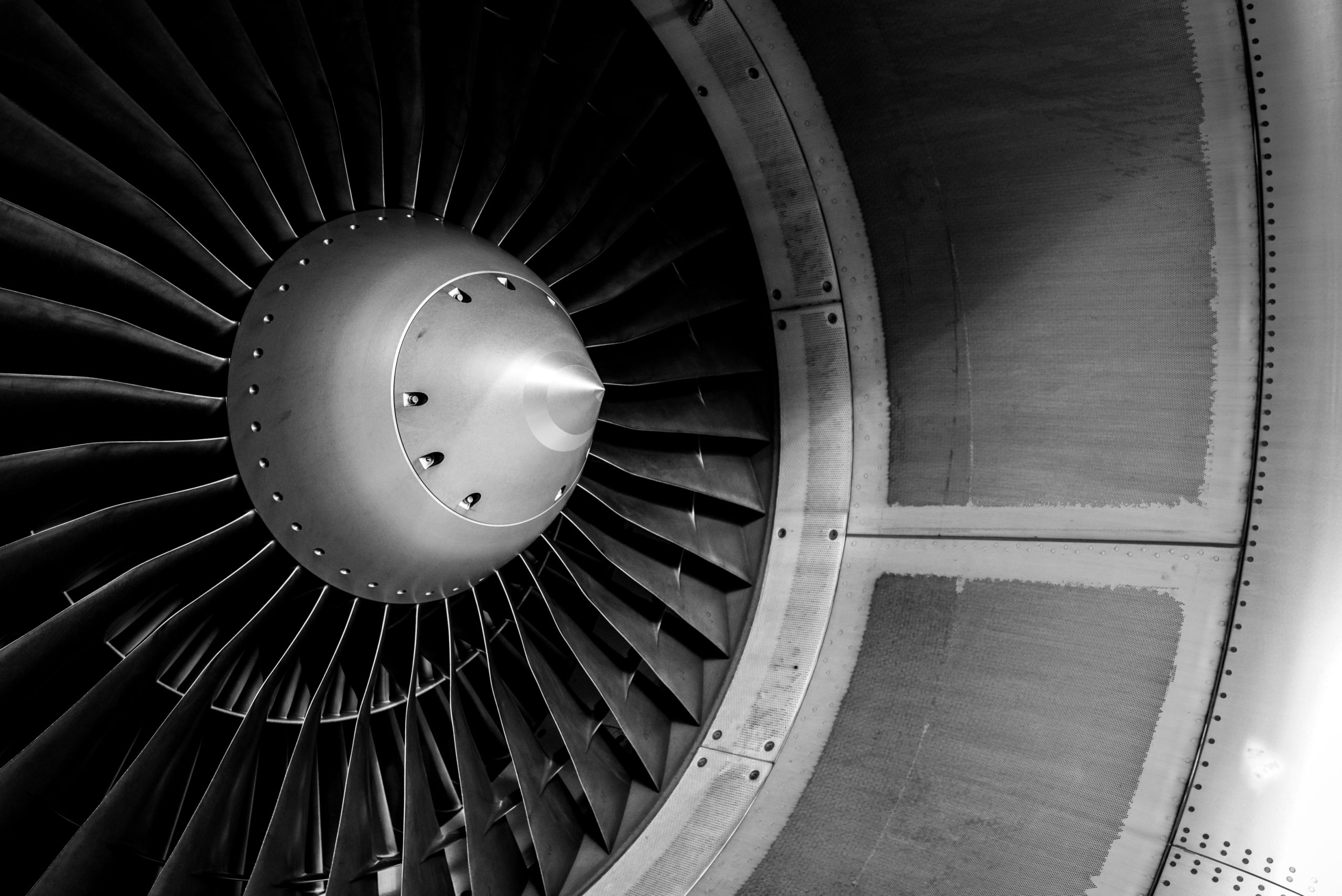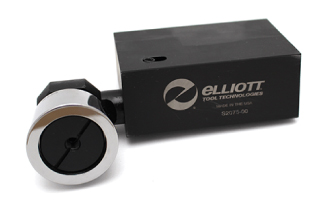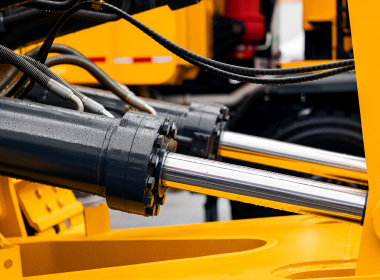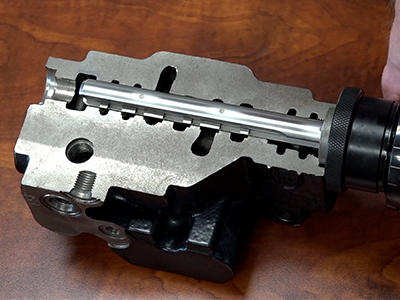Designing IRU Cutter Blades for Precision and Performance
Taceana Zelaya2025-11-07T11:50:02-05:00Internal Recessing Units (IRUs) are essential for performing precision cuts in deep bores, a common requirement in hydraulic valve manufacturing. Unlike other cutting tools that risk deflection due to a long reach, IRUs use a piloted cutter design that maintains position in the part, ensuring consistent and precise cuts. The design of these cutter blades is crucial to their performance, with key considerations including material, bore size, and the specifics of the machining process.


